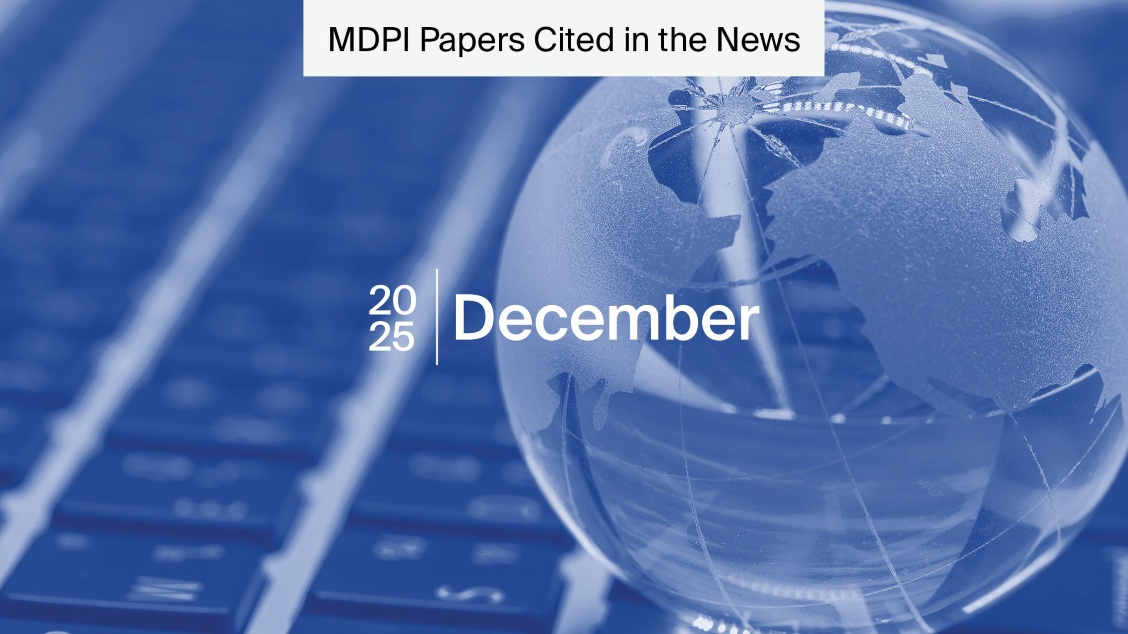
How Figures Expand The Reach Of Your Research
With research becoming increasingly accessible and visible through Open Access publishing and social media, figures are becoming powerful tools to enhance the visibility, engagement, and public understanding of your research.
While a well-written abstract may capture the attention of other researchers, a clear and compelling figure can help expand the reach of your research beyond the academic community.
In this article, we look at how visuals impact reader interest, as well as some best practices to ensure your figures are engaging.
Role of figures in scientific communication
Well-designed figures are playing an increasingly important role in science communication. Science journalists and communicators often rely on visuals to explain new findings, especially when writing for general audiences.
Figures are often one of the first things a reader looks at to gauge their interest in your research. Thus, a well-designed and comprehensible figure can be the difference between someone reading your paper or not.
Figures are also starting to be featured more frequently in press releases, communications, and even governmental policy briefs. For research that is important to the general public, such as issues around healthcare, environmental policy, and education, visual clarity is often crucial.
Many non-experts and the public more broadly may not read or understand an academic paper in its entirety, but they might take the time to look at and understand a chart or graph that conveys the core message quickly and accurately.
Prevalence of figure sharing on social media
Many readers now encounter research not through journals but social media. To remain competitive and reach wider audiences, it is almost essential that researchers and institutions now promote much of their work on social media platforms.
By translating technical details into straightforward concepts, a clear schematic can generate lots of interest across the globe through the huge network of social media users. Ensuring simplicity and accessibility is thus of the highest importance for the dissemination of research through these means.
Researchers are also beginning to go beyond sharing just the figures included in their papers. Many now choose to create visual abstracts, which are single images that summarise a study’s key findings, to supplement their research. These can receive high levels of engagement from the public and academic community alike.
Best practices for creating compelling figures
At a time where visibility can shape impact, the importance of a clear, professional figure cannot be understated.
For researchers hoping to broaden the reach of their work, paying closer attention to figure design isn’t just a stylistic upgrade—it’s a practical one.
Below are a few best practices to follow when creating figures.
Design principles
- Simplicity: Avoid overcrowding your visuals with too much data or text.
- Choose colours wisely: Use colour not just for style, but for clarity, and avoid relying solely on colour to differentiate categories so it is accessible to all.
- Consistency: Make sure fonts, styles, etc., are consistent in the figure and with the other figures in the paper.
Practical considerations
- Highlight the impact: What’s the main takeaway, and can someone understand it without reading the paper?
- Think mobile-first: Most people use phones more frequently than desktop computers—does the visual still work at a smaller size?
- Export carefully: Use high-resolution and compatible formats (e.g., PNG, SVG, etc.) that ensure clarity across platforms.
- Add alt text: If sharing online, include descriptive alt text to make your figure accessible to screen readers and more discoverable by search engines.
Figures matter more than ever
Today, figures are more than just a supplementary material—they are central to how research is communicated, understood, and shared.
A well-crafted figure bridges the gap between complex science and broad public understanding, leading to wider engagement across a bigger audience.
By prioritizing clarity, accessibility, and thoughtful design, researchers can ensure their work not only reaches further but resonates more deeply.
For more tips on creating figures, read our interview with Larry Liu, Author Services’ Production Coordinator.
At MDPI Author Services, we specialize in helping researchers prepare their manuscripts for publication. Our Figure Editing Service provides publication-ready figures that clearly communicate your research to readers. Figure editing enhances your charts and graphs by revising the colors, shading, size, resolution, borders, font, and file type. This is all completed in one business day after payment. Click here for a free quote.
Subscribe to the Author Services Newsletter for tips, discounts, and updates.











